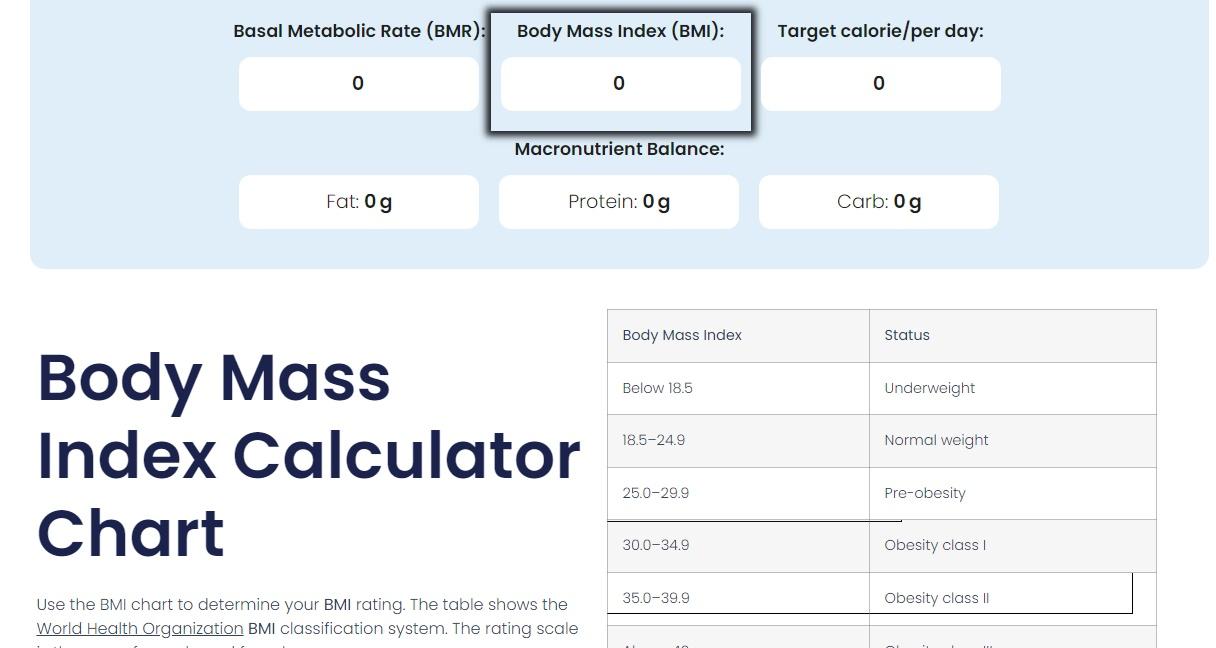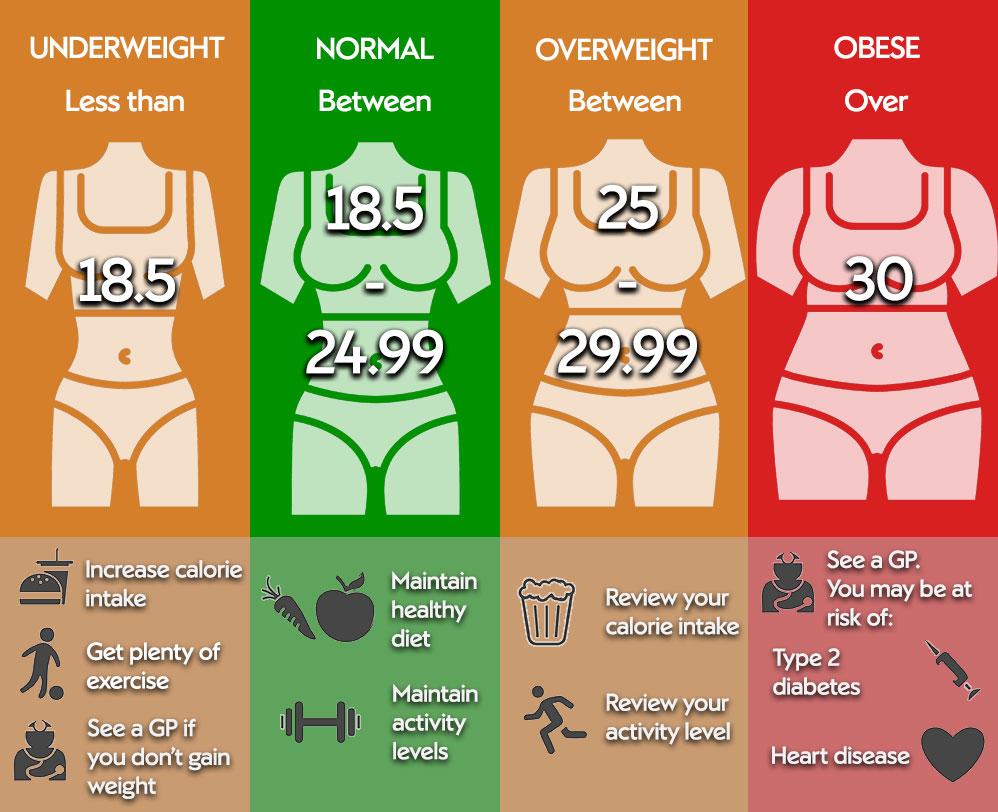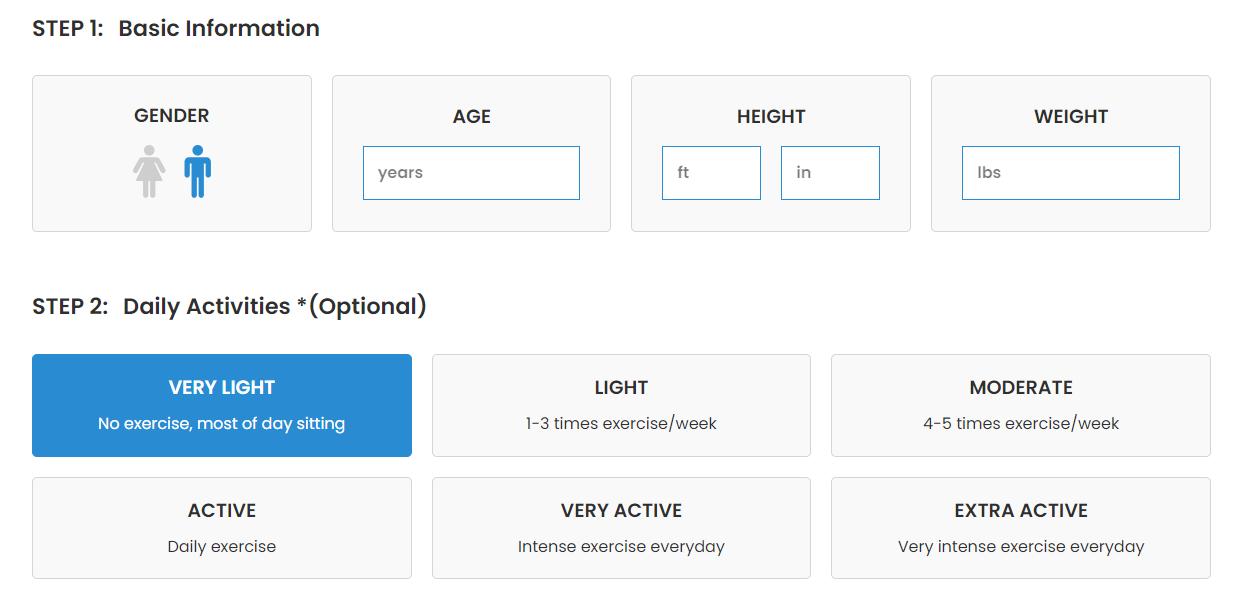In the pursuit of effective weight management, understanding your body’s metrics is crucial. One of the most accessible and widely recognized tools in this endeavor is the Body Mass Index (BMI) calculator. This instrument serves as a preliminary gauge of body fat based on your height and weight, offering a snapshot of your health status and potential weight-related risks. In this guide, we will delve into the strategic use of a BMI calculator to facilitate weight loss. By mastering this tool, you can set realistic goals, track your progress, and tailor a weight loss plan that aligns with your individual health needs. Equip yourself with the knowledge to harness the power of the BMI calculator, and take a decisive step towards achieving your weight loss ambitions with confidence and precision.
Understanding the Basics of BMI and Its Role in Weight Management
Body Mass Index (BMI) is a widely-used tool that provides a simple way to assess whether an individual’s weight falls within a healthy range. Calculated by dividing a person’s weight in kilograms by their height in meters squared, BMI offers a numerical value that correlates with body fat for most adults. While not a diagnostic tool, it serves as a useful guideline in weight management strategies. Here’s why understanding BMI is crucial:
- Health Indicator: A healthy BMI typically ranges from 18.5 to 24.9. Falling outside this range may increase the risk of health issues such as heart disease, diabetes, and certain cancers.
- Goal Setting: Knowing your BMI can help set realistic weight loss goals. It provides a baseline for what is considered a healthy weight, enabling personalized and sustainable weight management plans.
- Progress Monitoring: Regularly checking your BMI can track progress over time, offering motivation and accountability in achieving and maintaining a healthy weight.

Steps to Accurately Measure Your BMI for Effective Weight Loss
To begin your journey towards effective weight loss using a BMI calculator, it is essential to gather precise measurements. Here’s how to do it:
- Measure Your Height: Stand barefoot against a wall, with your heels, back, and head touching it. Use a tape measure to determine your height in meters or inches.
- Weigh Yourself: Step onto a scale without shoes or heavy clothing, preferably in the morning before eating or drinking. Record your weight in kilograms or pounds.
- Choose a Reliable BMI Calculator: Select a trustworthy online calculator or app that allows you to input your height and weight in your preferred units.
With these measurements at hand, input them into the calculator. The resulting BMI will provide insight into your current health status, helping you tailor a weight loss plan that aligns with your goals. Remember, while BMI is a useful starting point, consider consulting a healthcare professional for a comprehensive health assessment.

Interpreting BMI Results to Set Realistic Weight Loss Goals
Once you’ve calculated your BMI, the next step is to understand what the number means and how it can guide your weight loss journey. A BMI between 18.5 and 24.9 is considered normal, while 25 to 29.9 is classified as overweight, and 30 or above falls into the obese category. However, these numbers should not be viewed as definitive indicators of health, but rather as a starting point to set realistic weight loss goals. Here’s how you can interpret your results:
- Normal BMI (18.5-24.9): Focus on maintaining your weight through a balanced diet and regular exercise. Consider toning and muscle-building activities to enhance overall fitness.
- Overweight BMI (25-29.9): Aim for a modest weight loss of 5-10% of your current weight. This can significantly improve health markers like blood pressure and cholesterol levels.
- Obese BMI (30+): Set incremental goals to avoid feeling overwhelmed. Start with a 5% weight loss target and gradually increase it as you progress. Incorporate lifestyle changes that include both dietary adjustments and physical activity.
Remember, BMI is just one measure of health. It does not account for muscle mass, bone density, or overall body composition. Consult with healthcare professionals to personalize your weight loss plan, ensuring it aligns with your unique health needs and lifestyle. By interpreting your BMI thoughtfully, you can set achievable goals that promote long-term health and wellness.

Expert Recommendations for Using BMI as a Tool in Your Weight Loss Journey
When integrating the Body Mass Index (BMI) into your weight loss strategy, it is essential to use it as a guideline rather than an absolute measure. While BMI can provide a quick snapshot of where you stand in terms of weight categories, it doesn’t account for muscle mass, bone density, or overall body composition. Here are some expert tips to ensure you’re making the most of this tool:
- Consult a healthcare professional: Always seek advice from a medical expert to interpret your BMI results accurately, especially if you’re planning significant lifestyle changes.
- Use BMI in conjunction with other measurements: Pair your BMI results with other assessments like waist circumference, body fat percentage, and overall fitness levels to get a comprehensive view of your health.
- Set realistic goals: Use your BMI as a starting point to set achievable weight loss targets, focusing on gradual, sustainable changes rather than drastic drops.
- Monitor changes over time: Regularly check your BMI to track your progress, but remember to look for patterns over weeks or months rather than daily fluctuations.
By following these recommendations, you can effectively incorporate BMI into your weight loss journey, ensuring it serves as a beneficial tool rather than a limiting factor.
